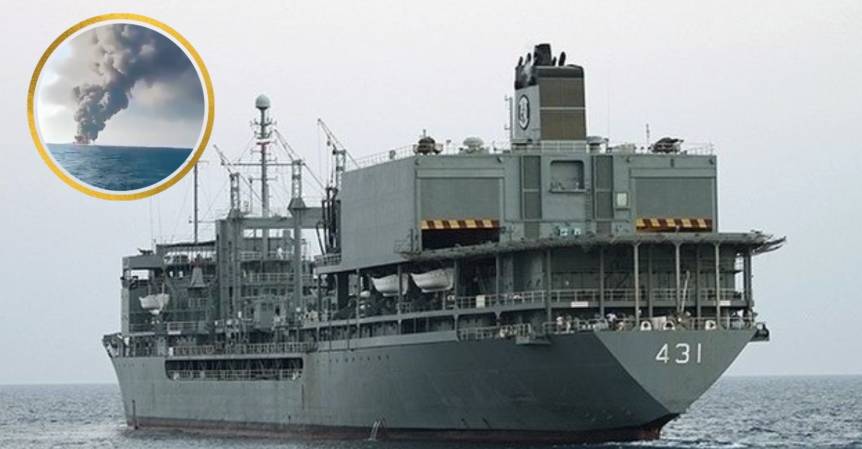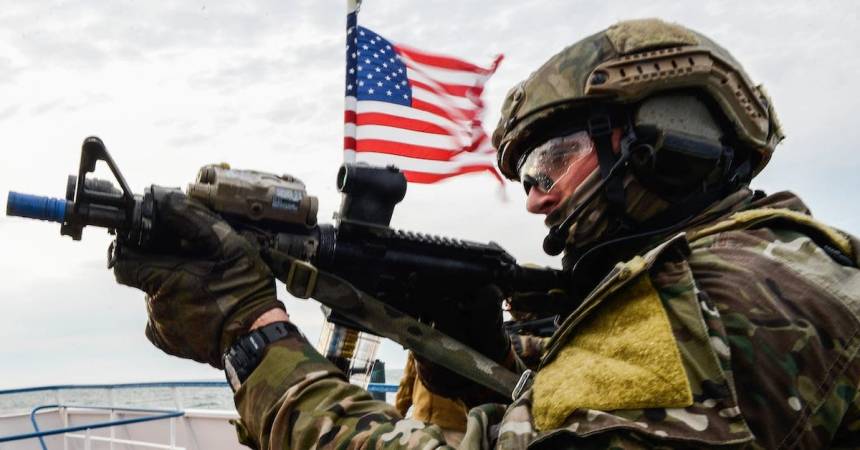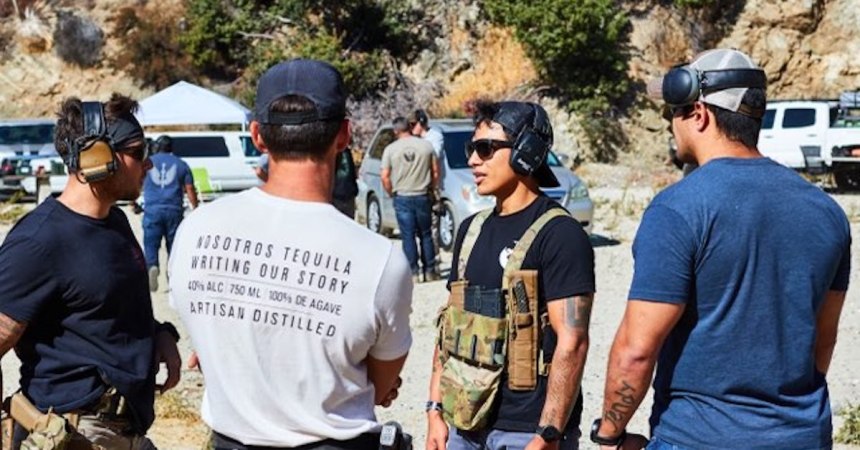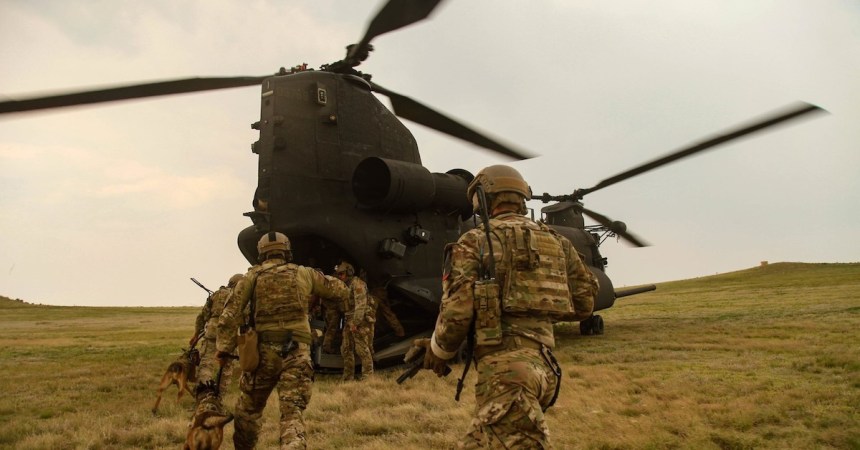
Iran’s talking tough again, threatening to close the Strait of Hormuz in the event of an attack. This is not the first time such threats have been made. Furthermore, when Iran mined USS Samuel B. Roberts (FFG 58) during Operation Earnest Will, the United States delivered quite the beat-down to the mullahs’ military forces in Operation Praying Mantis. But it raises the question of whether Iran could carry out its threats. Iran’s threat cannot be treated as idle, given that they did try to shut down the Strait of Hormuz during the Iran-Iraq War.
Currently, the Iranian Navy has at least five frigates, three Kilo-class submarines, fifty-four guided-missile patrol boats, and at least sixteen mini-submarines. It is a force that could be beaten by the United States Navy – much as was done in 1988 – but that task may be tougher now than it was back then. To understand why just take a look at the map.
At less than sixty miles wide for most of its length, Iran can not only count on its naval forces to attack tankers in the Strait of Hormuz, but also truck-mounted and fixed-position anti-ship missile batteries on the coast, primarily consisting of the C-802 and C-201 missiles. Iran’s control of Qeshm and Larak Islands adds further reach to shore-based missiles as well. These bases could also be protected with surface-to-air missiles like the SA-10 “Grumble” that Iran has been trying to buy from Russia for years.
With missiles flying in at 685 miles per hour, even an Aegis vessel will have some problems protecting a supertanker from being hit by an anti-ship missile. The good news is that supertankers are very big, and as a result, they are very tough. Even an 1100-pound warhead from a C-201 won’t sink a supertanker. But it will create one hell of a mess. The hit will cause a fire, and it will send oil spilling out. In the “Tanker War” that took place during the Iran-Iraq War, over 500 commercial vessels were hit.
Iran’s other traditional weapon for closing the Strait of Hormuz would be mines. The shallow depth of the Strait of Hormuz (less than 300 feet deep) makes it a prime ground for moored contact mines and bottom mines. The most insidious thing about a minefield is, to paraphrase Tom Clancy, the fact that all you really need to create one is a press release. In fact, in the last thirty years, mines damaged three of the five United States warships damaged by hostile action – and the 2000 attack on USS Cole (DDG 67) was done with a makeshift mine.
What makes Iran even more capable, though, is its submarine arm. The three Kilo-class submarines are bad enough. Capable of holding 18 533mm torpedoes, they could sink a supertanker in the Strait of Hormuz, but they also are constrained by the shallow depths of the Strait of Hormuz.
Less constrained are the 16 Ghadir-class mini-subs. These subs can carry the same acoustic homing torpedoes as a Kilo-class sub, there would be a lot of them out in the Strait of Hormuz. In essence, these are mobile minefields, and a lot more dangerous than their size would lead you to believe. A North Korean sub similar to Iran’s Ghadir-class minisubs sank the South Korean corvette Cheonan, killing 46 officers and men.
In short, Iran has a lot more options to close down the Strait of Hormuz if they want to. Re-opening that important chokepoint (through which over a third of the world’s oil production transits) is likely to be a very dangerous undertaking.










